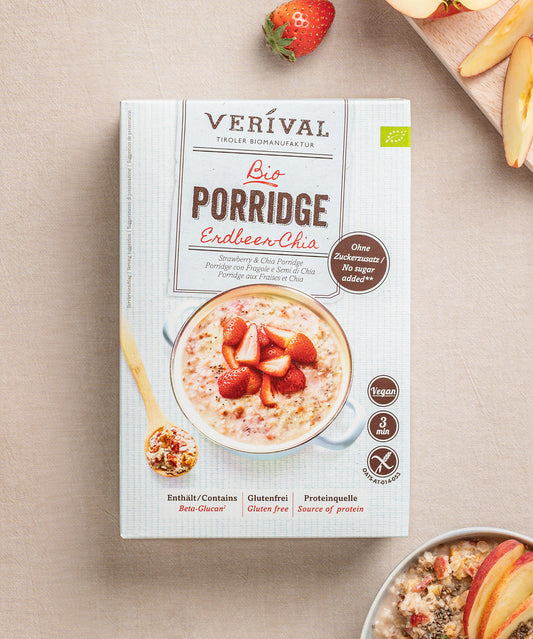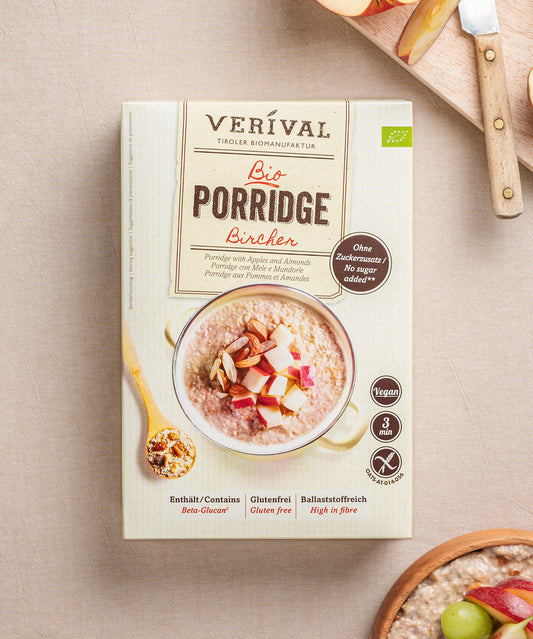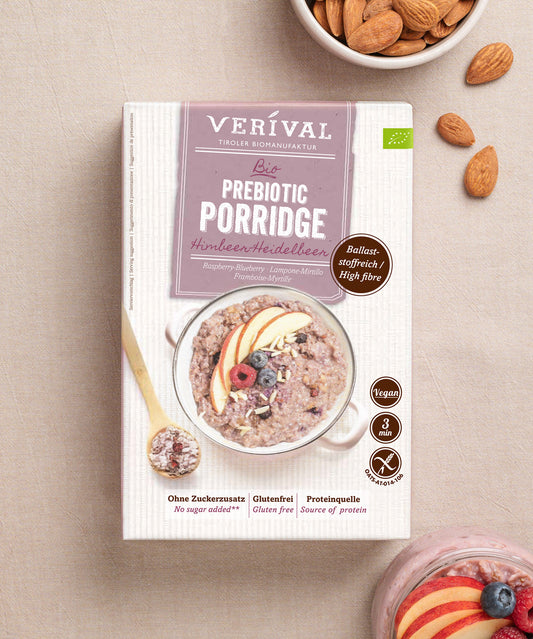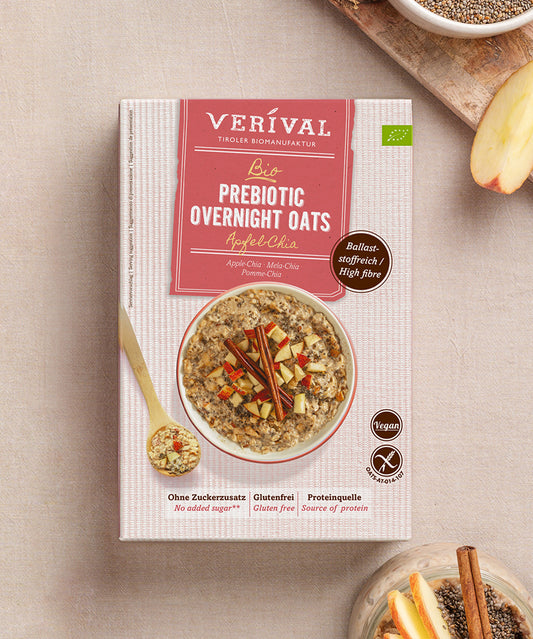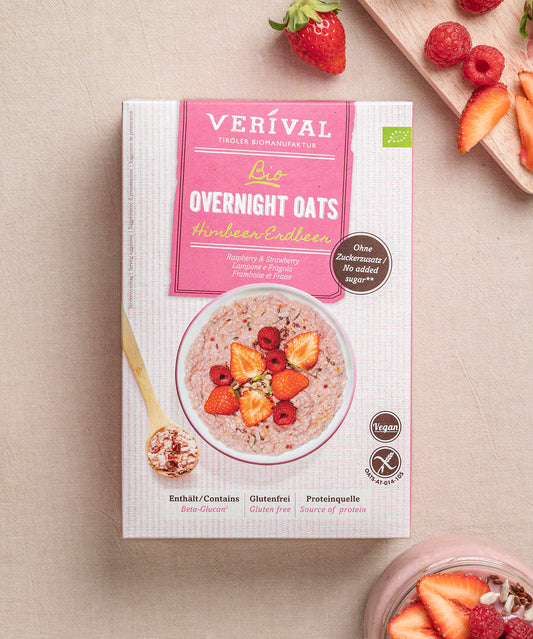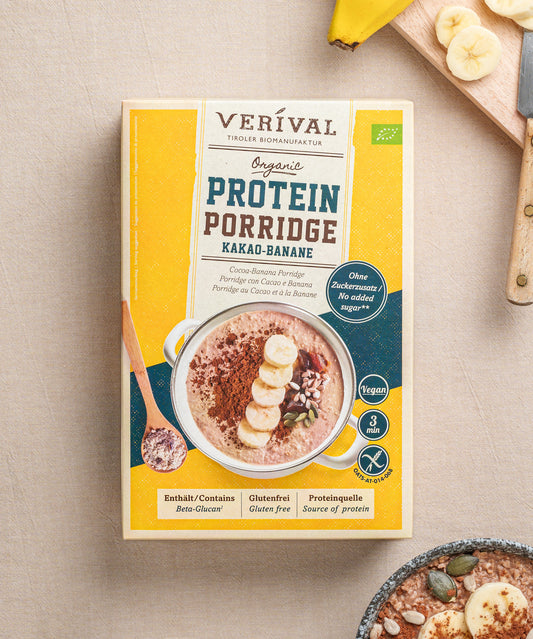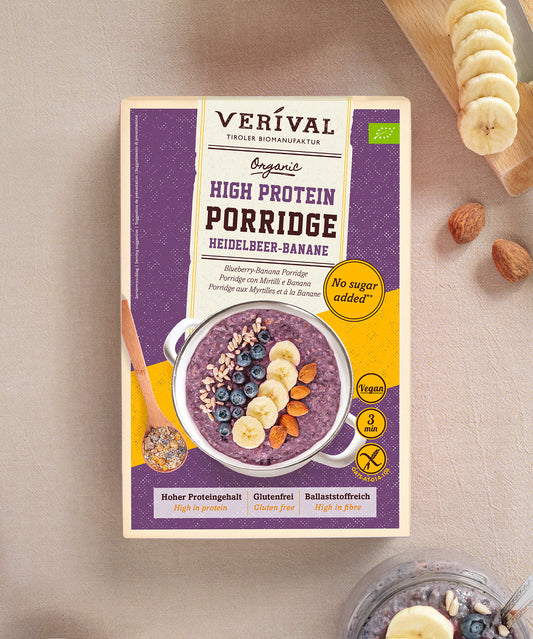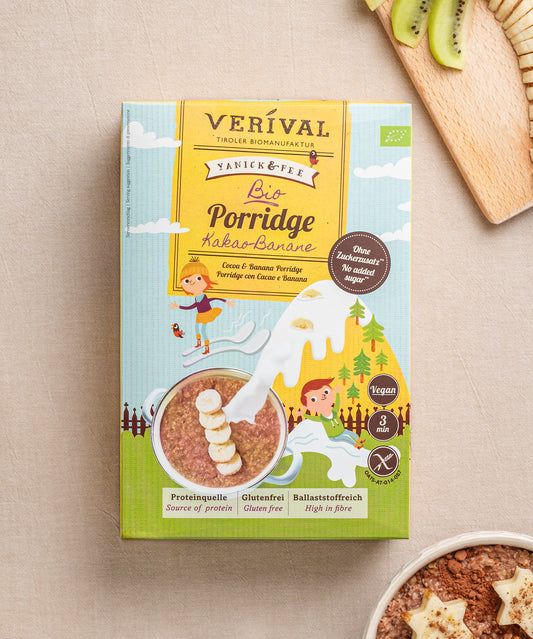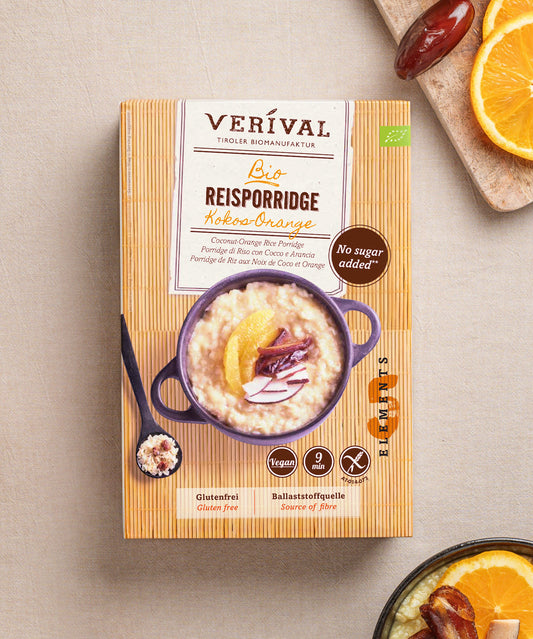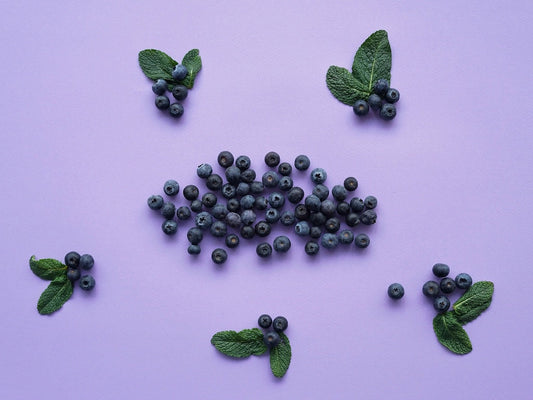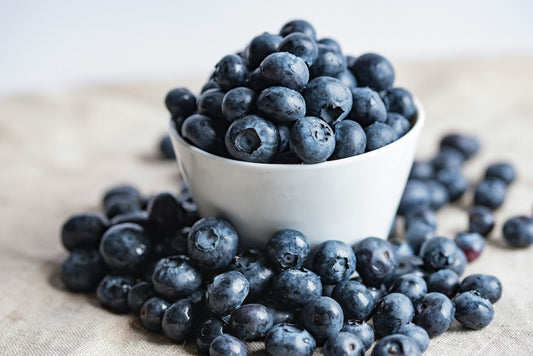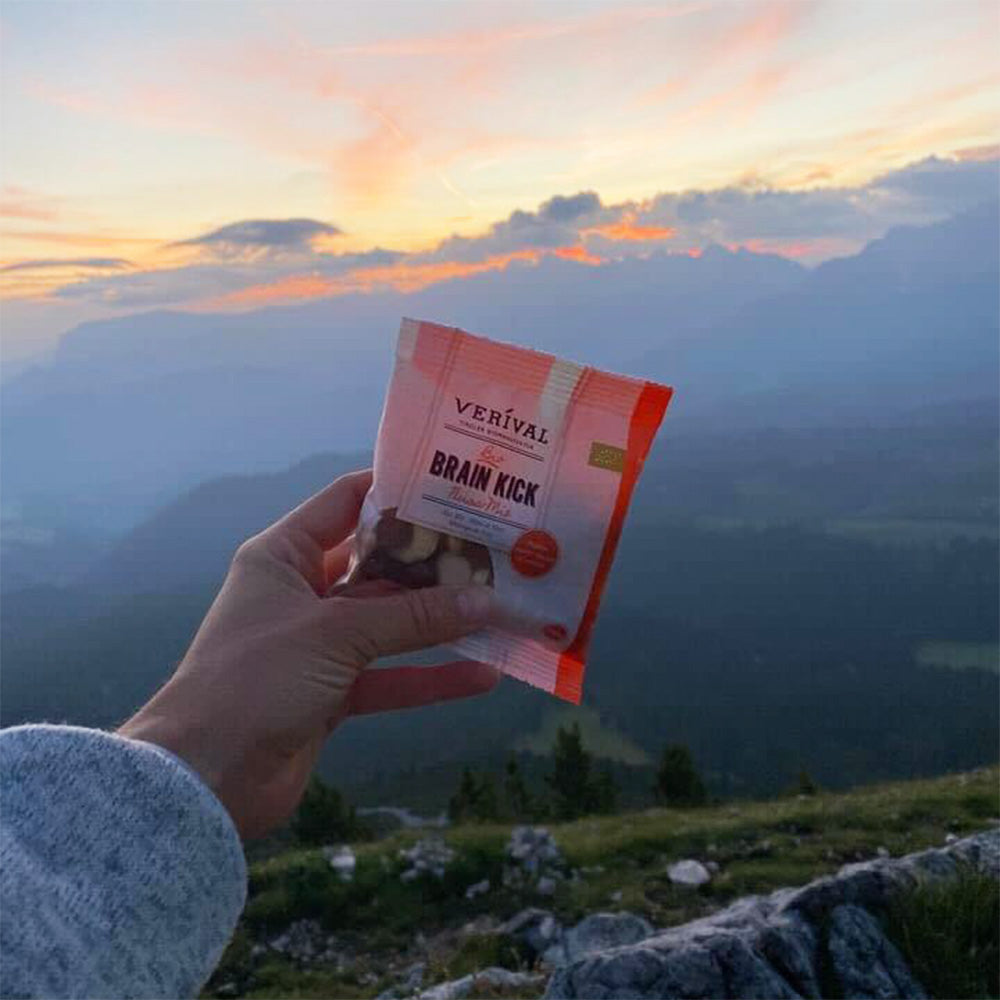A universally beloved fruit, the banana's unique taste and versatile uses have earned it a permanent place in the hearts and kitchens of many cultures.
As one of the most commonly consumed fruits, the banana offers a combination of nutritional value, enjoyment, and practicality that makes it a preferred choice for people of all age groups.
In this post, you will learn more about this valuable and delicious fruit.
Botanical characteristics
In the following paragraphs, you will learn about the plant and we will go into detail about its parts and growth.
The banana plant and its parts
The banana plant, known as a banana tree (from the banana family), is fascinating. The so-called pseudostem of the banana tree actually consists of densely packed leaf sheaths. This structure is not lignified like in real trees, but rather soft and juicy.
The leaf sheaths enclose the central part of the plant and help it to reach heights of up to several metres. This unique structure enables the banana plant to grow quickly and to adapt efficiently to its environment. A banana plant grows to between three and six metres in height, and rarely up to nine metres.
The development of the banana fruit
The fruit bunch of the banana plant is a crucial part of its development. The fruit bunch is where the banana fruits develop after the inflorescence has gone through pollination.
The fruit bunch bends downwards due to the weight of the growing bananas. Each individual banana grows from a flower that is located on the inflorescence and ripens until it is harvested.
Banana types
Bananas come in a wide variety of types and varieties that are grown worldwide. The most well-known are dessert bananas, which are eaten raw. These are usually sweet and soft when ripe.
Plantains, on the other hand, are sturdier and are often cooked or fried before eating. They are an important part of many tropical diets. The fibre banana, in turn, is grown primarily for its fibres and is rarely consumed. This diversity makes the banana a globally important and versatile fruit.
Origin, cultivation and distribution
The banana, one of the oldest cultivated fruits in the world, probably originated in the region of Southeast Asia and India. From there, it spread to Africa and later, with the seafarers, to Latin America.
Today, the banana is native to many tropical countries, including China, the Philippines, Ecuador and Costa Rica. These countries provide ideal climatic conditions for banana cultivation, which has led to the widespread distribution of this fruit.
Banana production worldwide
As one of the most widely traded fruits in the world, bananas are produced and exported in numerous countries. Thailand, Panama and Ecuador are among the major banana producers and exporters.
These countries have established extensive plantations where the banana plant is grown on a large scale. These plantations are often responsible for global trade and supply to various markets.
Problems in banana cultivation
Banana cultivation faces various challenges, including pests and diseases such as Panama disease, which is caused by the fungus Fusarium oxysporum. These diseases can affect entire plantations and cause significant crop losses.
Another problem is the vulnerability of monocultures, especially the widespread Cavendish variety, to diseases and pests. These problems require constant attention and innovative solutions to ensure sustainable global banana production.
The banana and its nutritional value!
Nutrition and health
Bananas are packed with many valuable nutrients. Here is a brief overview for you:
Nutritional value and ingredients
The flesh of the banana is not only tasty, but also extremely nutritious. It is a rich source of various nutrients that are essential for a healthy diet.
Bananas are rich in minerals such as potassium, which is important for maintaining blood pressure and heart function. They also contain magnesium and are a good source of vitamin C, which strengthens the immune system and helps to protect cells. In addition, they contain fructose, which gives them their natural sweetness and is a quick source of energy.
Bananas in culture and society
Bananas permeate many aspects of human life. In the following section, we shed light on the many facets of the banana and discover how this yellow fruit connects cultures, influences economic markets and has become a global food source.
Bananas also occupy scientists – after all, they are a food that is consumed all over the world!
Bananas in different cultures
The banana plays an important role in many cultures worldwide. In Europe, it is a popular part of the daily fruit consumption and often symbolises the exotic and the tropics. In the Canary Islands, where bananas are one of the main export goods, they have an enormous economic and cultural significance.
In many tropical countries, the banana is a staple food and is closely associated with traditional customs and festivities. The banana is not only a fruit, but also a symbol of fertility, abundance and even humour, which is reflected in the art, literature and music of different cultures.
Bananas in science and research
Bananas play an important role in scientific research. Various species and breeds under the botanical name ‘Musa’ are being researched to improve their resistance to disease and increase yields.
In particular, the Musa paradisiaca variety is the subject of intensive study as it is one of the main sources of cooking bananas. Researchers are continuously working on the development of new banana varieties that are more resistant to environmental conditions and pests. This research is crucial to ensuring the global supply of bananas and promoting agricultural sustainability.
Bananas – the delicious, yellow fruits and Verival
Bananas, those wonderfully nutritious fruits, are an excellent addition to your breakfast. They are not only popular for their sweet taste and creamy consistency, but also for their positive effects on your health and weight management. Rich in vitamins, minerals and fibre, bananas are an ideal choice for starting the day full of energy.
Verival, known for its high-quality breakfast products, has recognised these properties of bananas and offers a variety of muesli and porridge mixes that are perfect to combine with fresh bananas. This combination also allows you to enjoy a nutritious and delicious breakfast that helps with weight control.
Some of Verival's mixes already contain banana, making them an even quicker and easier breakfast option. These include the Matcha Porridge Date Banana, which offers an exotic flavour combination, the Protein Sport Porridge Cocoa Banana, ideal for a high-protein diet, and the Kids Porridge Cocoa Banana, which has been specially developed to appeal to children.
If you like to prepare your own breakfast, Verival also shows you basic recipes for porridge. You can customise these with a variety of ingredients such as fruit, nuts and seeds. Bananas are an excellent choice for adding natural sweetness and extra nutrients to porridge.
With Verival products and the addition of bananas, you can create a healthy, balanced and personalised breakfast that leaves nothing to be desired.
Healthy breakfast from Verival
Conclusion
The banana, as a global fruit, plays a prominent role in nutrition, culture and the economy worldwide. Its diversity, from the metre-high banana plants to the numerous varieties and species, underlines its importance in various areas of life.
As a food, it provides important nutrients and is an essential part of the daily diet in many countries. Culturally, the banana has a firm place in many regions of the world and is often deeply rooted in local traditions.
Its economic importance as an export commodity and its role in agriculture emphasise its status as one of the most significant fruits on a global scale. In short, the banana is more than just a fruit – it is a symbol of good nutrition, diversity and global connectedness.
Frequently asked questions
What is a banana: a fruit or a vegetable?
Botanically, the banana is classified as a berry, which makes it a fruit. Despite its firm texture when unripe and the fact that it grows on large vines, the banana is considered a fruit. Its botanical classification as a berry results from its development from a flower with an ovary and the formation of a fleshy fruit without a stone.
What is a banana good for?
Bananas are versatile and healthy. They are an excellent source of important nutrients such as potassium, magnesium, vitamin B6 and vitamin C. Potassium is crucial for maintaining healthy blood pressure and normal heart function. The fibre contained in bananas is good for digestion, and the natural sugars provide a quick source of energy. They are also useful in regulating blood sugar levels and can support mood and mental performance.
Are bananas healthy or not?
Yes, bananas are healthy. They contain a wealth of nutrients and can offer various health benefits. Their fibre promotes digestive health, and the antioxidants they contain can help reduce inflammation and promote overall health.
What is special about bananas?
What makes bananas special is their combination of nutritional richness, natural sweetness, versatility, and snackability. They are available worldwide, relatively inexpensive, and can be eaten raw or used in a variety of recipes. Their high potassium content and other important minerals make them an excellent choice for a healthy diet.
What is the full name of the banana?
The scientific name for the banana is Musa. This genus name encompasses various species and varieties of bananas, including both dessert and cooking bananas. The most commonly eaten variety, the dessert banana, is botanically referred to as Musa sapientum.
How good are bananas for your gut?
Bananas are very good for gut health. They contain resistant starch and pectin, two types of dietary fibre that promote the growth of beneficial gut bacteria and help maintain a healthy gut microbiome. Unripe green bananas are particularly high in resistant starch, which can help regulate blood sugar levels and aid digestion. Eating bananas can thus help to prevent digestive problems and promote general gut health.


